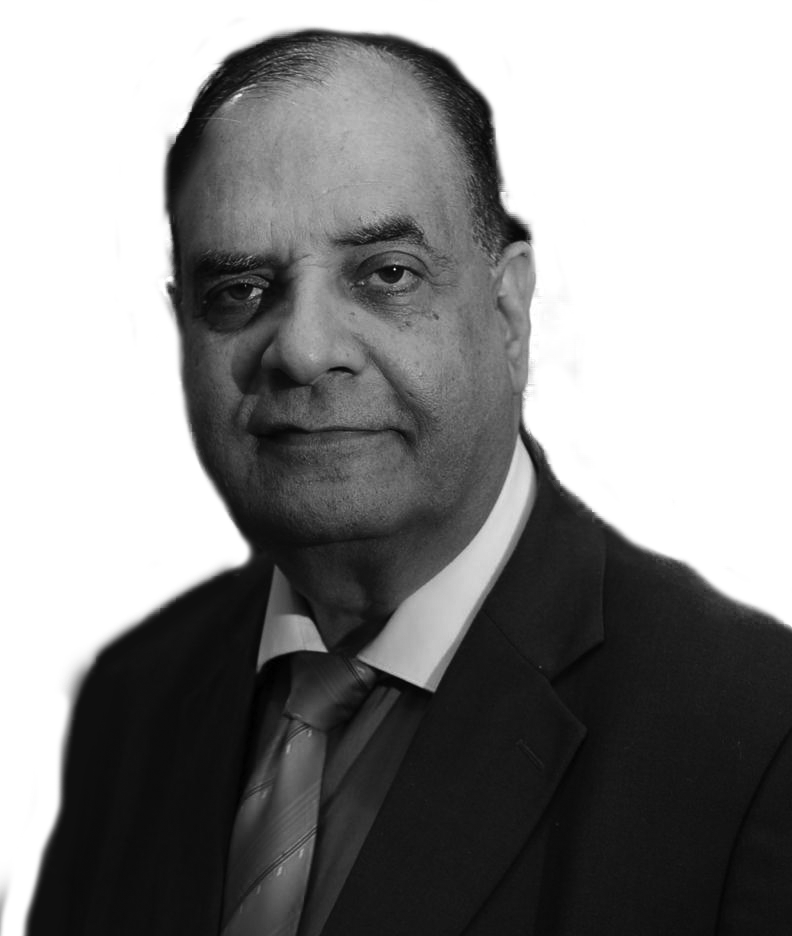A section of media in India, due to its slave mentality, has been peddling information provided by foreign publications.
NEW DELHI: After 75 years of independence, Indian society and media have become more aware, active, and empowered. The bias and questionable credibility of foreign publications or broadcasts such as The New York Times, Washington Post, or the Economist are not only questioned by a large section of Indian politicians, writers, and journalists, America’s eminent editors, writers, and leaders are also misleading, and put forth authentic facts of journalism with vested interests. Recently, a report published in the New York Times on Delhi’s school education by Delhi Chief Minister Arvind Kejriwal and his associates and supporters was promoted with cheers. This controversy also brought to the fore the issue of “special affection” towards foreign media and a kind of slave mentality. In the meantime, I came across the book “The Gray Lady Winked” by Ashley Rindsberg, a prominent US editor-in-chief, chronicling the New York Times’ errors of writing, skewed facts, biases, and fabricated descriptions of important events. It is like a 300-page document of about 10 years of research published in 2021; this book has an interesting story of misreporting about important events in America and various countries around the world.
The New York Times may have printed a couple of reports of a specific solicitation or a compliment influenced or sponsored by a pro-Kejriwal local lobby, but even otherwise, over decades, the New York Times or similar American, British, or Pakistan-China publications and broadcasts prominently present negative reports, articles, photos, etc., that spoil the image of India, Prime Minister Narendra Modi, and the Government of India.
Kejriwalji or Congress leaders do not remember that from Indira Gandhi’s rule till Modi raj, such foreign media and agencies and organizations supporting them have been making equal efforts to trigger political instability and anarchy in India.
It is important to mention here that this does not apply to all publications or broadcasts in the world. Nor am I a journalist influenced by communist views towards the West. Forty years ago, I had been editor of the Hindi division for three years in the German broadcasting institute “Voice of Germany” and had been reporting/commenting from India for “Voice of America” etc.
But in this case, journalists like me give utmost importance to Indian interests. There is no doubt that the Kejriwal government of Delhi or the central government also gives advertisements or sponsored material to foreign institutions to get their favourable news or articles published or to show promotional short films. On the other hand, in recent years, China has directly or indirectly influenced anti-India campaign by investing huge capital in some American publishing houses. China has also spent hundreds of millions of dollars on biased reporting on the Russia-Ukraine War.
In his book, Ashley has written facts from the first and second world wars about many countries, including Vietnam, Japan, Cuba, and Israel, and many half-finished concoctions on the roles of current politicians and administration of America. He says that “The New York Times shows itself to be a very knowledgeable and resourceful institution with principles, but the reality is that it creates fake news (false news) and throws them up. Its management is in the hands of some people who do not listen to any other advisors. They have their agenda. They print in favour or against prejudice.”
It is not alone. Some institutions in America and Western countries get perturbed by India’s economic progress, communication revolution, nuclear-space
Similarly, instead of opposing the terrorist attacks by Pakistan, anti-India propaganda has been given prominence. Instead of highlighting progress for minorities in this 1.25 billion-people country, there has been a constant campaign to make them feel insecure. Unfortunately, even after the digital revolution, a section of the media in India, due to the slave mentality of the foreign system, has been taking the information given by them. Intelligence agencies of China and Pakistan fund such puppets in the name of any company or other organization. This foreign game has been going on since the seventies and eighties. Thirty years ago, such journalists and people associated with them were busted. Some fled the country; some were punished. Last year too, some people were subjected to legal action, and raids were also conducted.
Yes, it has to be accepted that the guilty are punished late in the judicial system in our country. Even in America, no one calls the raids on former President Donald Trump’s bases unreasonable. Arbitrary disturbances are not allowed in the name of human rights in America, Europe, China, etc. In India, people inside or outside encourage violence and disturbances by attacking human rights.
The author is editorial director of ITV Network-India News and Dainik Aaj Samaj.

